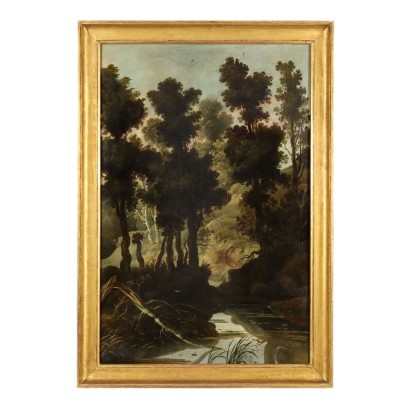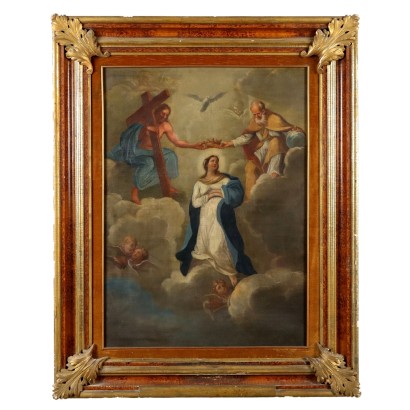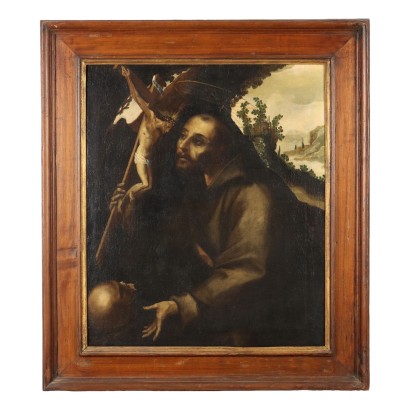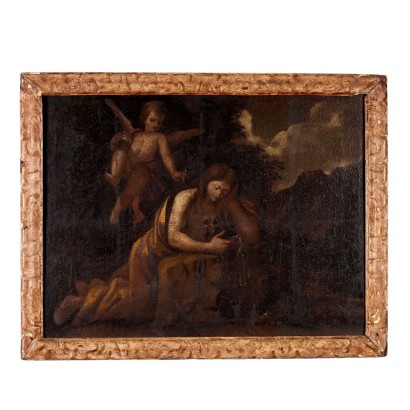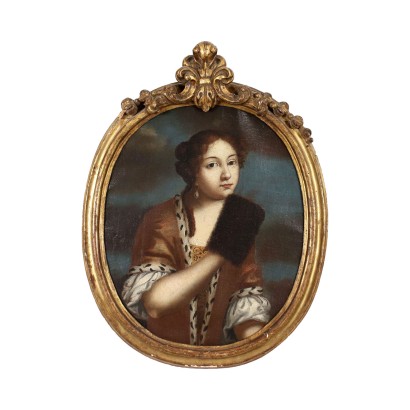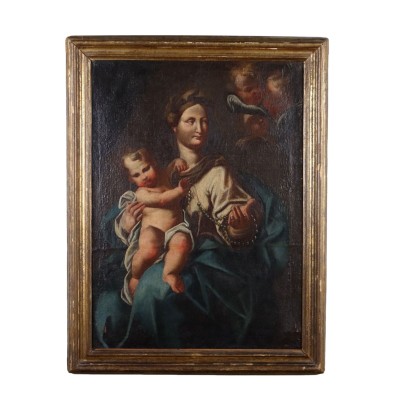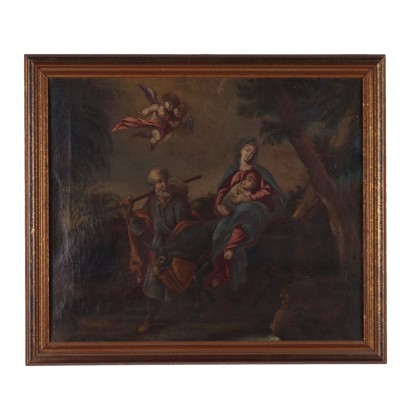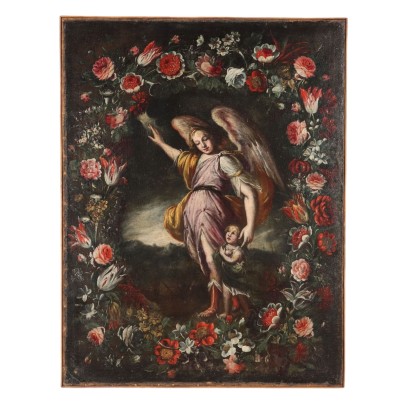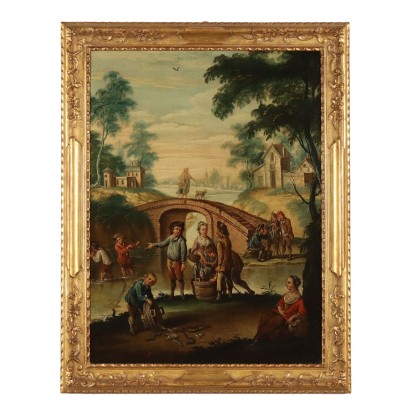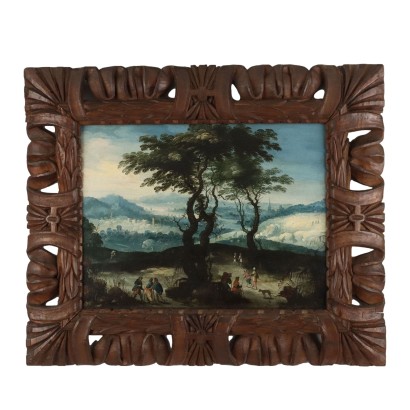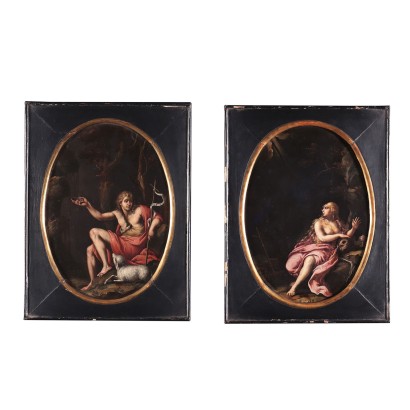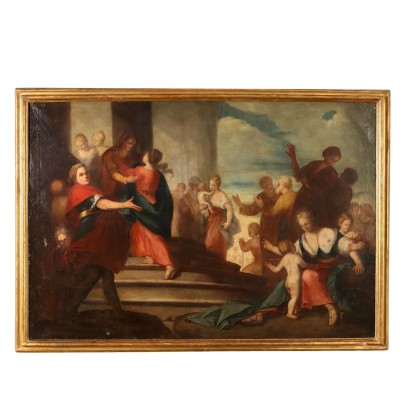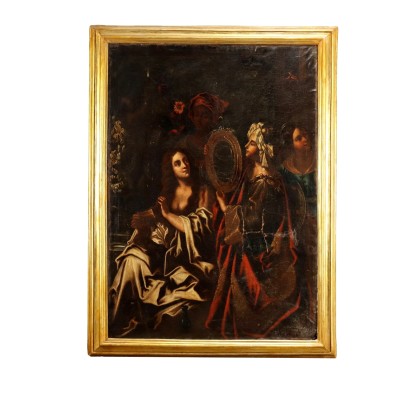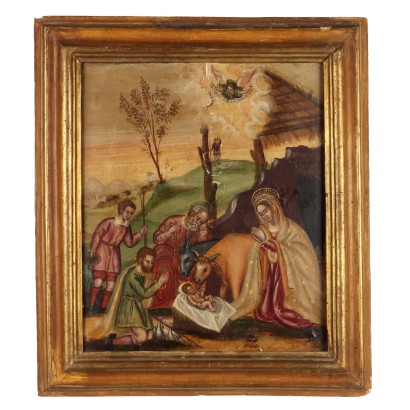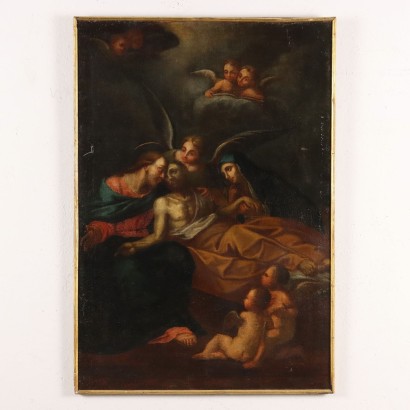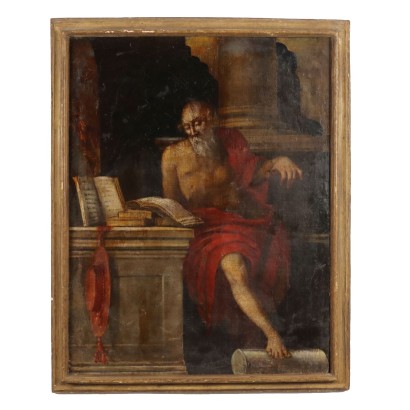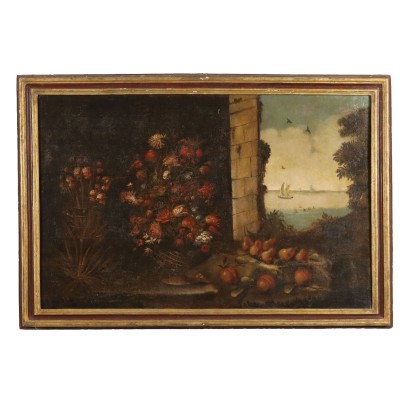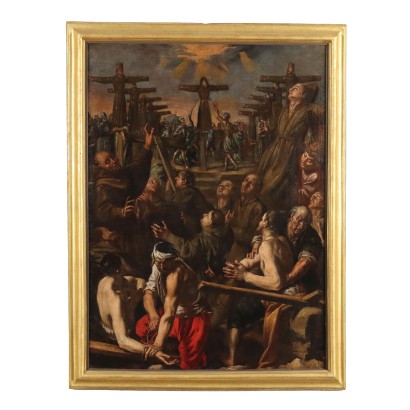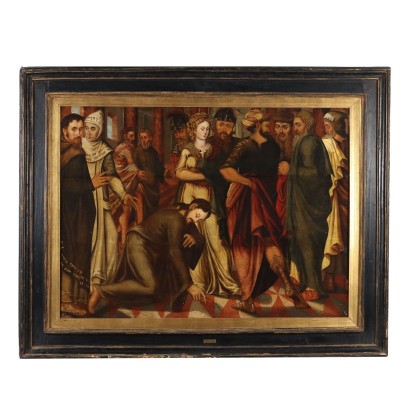Price
Age
Subject
- Figures of Saints [9]
- Biblical scene [8]
- Scenes from an epic poem [1]
- Historical-literary subject [1]
- Battle [2]
- Still life [13]
- Historic Subject [5]
- Landscape with Figures [12]
- Landscape [1]
- Marine Landscape [1]
- Landscape with Architecture [2]
- Portrait/Face [9]
- Allegorical/Mythological Subject [6]
- Sacred Subject [26]
- Interior Scene [1]
- Genre Scenes [5]
- Scene with Figures [8]
- Oriental Subject [1]
Artist
Technical specification
Artistic school
- Central European school [5]
- Central-Italian school [5]
- Emilian School [3]
- Flemish School [4]
- French School [5]
- Genoese School [1]
- Italian School [8]
- Lombard School [3]
- Neapolitan School [3]
- North-European School [4]
- Roman School [1]
- Spanish School [1]
- Tuscan School [2]
- Venetian School [4]
- Venetian-Cretan School [1]
- Ligurian School [1]
- North Italy School [11]
Dimensions
ApplyANCIENT PAINTING
FREE SHIPPING
In this section you can find all the Ancient Painting works available in our online catalogue. A wide and refined selection that includes Landscapes , Still Lifes , Portraits , faces, Sacred Subjects , glimpses and views with which you can enrich any room in your home.
Do you have similar artwork to sell? Contact us! 


Sort by

